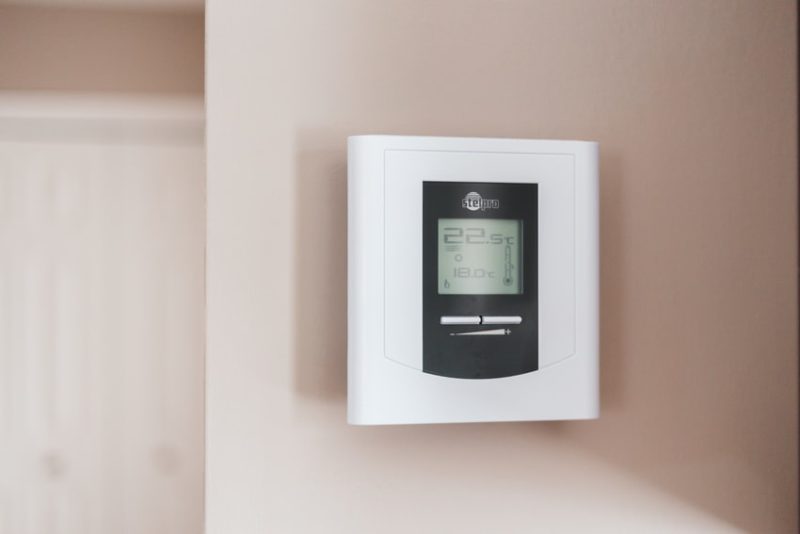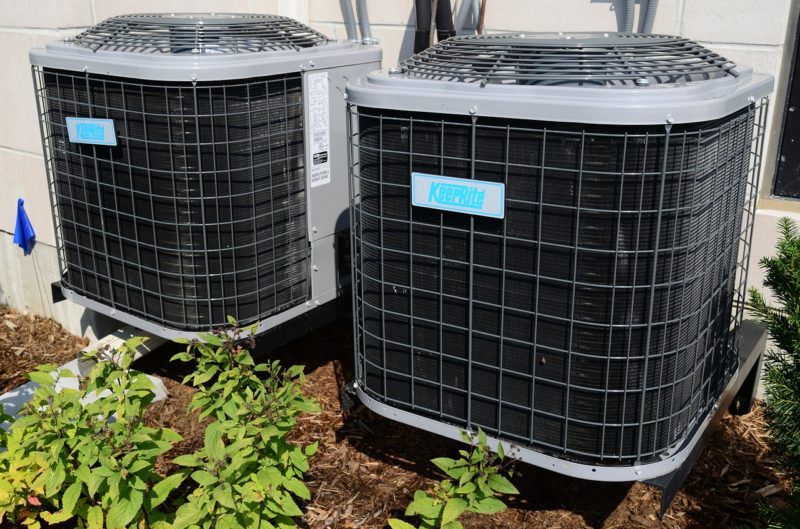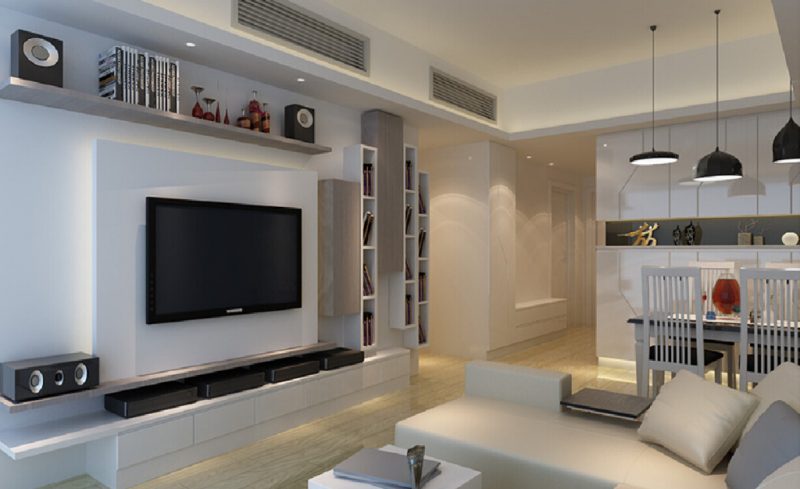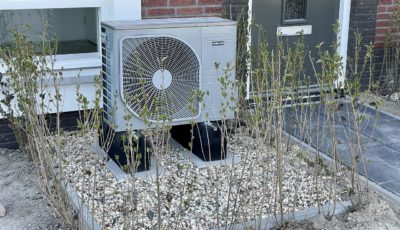How To Create A Home HVAC Plan
Heating, ventilation, air conditioning, and cooling (HVAC) systems are mechanical devices that serve a very vital home purpose. Their function includes maintaining air quality, ensuring humidity, and normalizing temperature.
Due to its importance, it’s always advisable to have a plan before installing your HVAC systems. Whether you’re working with ducted air conditioning solutions or modern heating gadgets, a plan reveals your home priorities for easy and efficient HVAC.
What Is A Home HVAC Plan?
An HVAC plan is the drawing and designing process for an HVAC system. It involves the mapping out of various locations and the connections of HVAC equipment. It’s an essential part of any construction/building plan that outlines technical illustrations on the installation process of an HVAC system.
No regular person designs an HVAC plan, and people in charge of developing HVAC plans are primarily engineers and technical experts. They draw the plan using symbols which also come with instruction manuals designed by an interior designer.

Without HVAC plans, it’s impossible to install an HVAC system in a home. A detailed plan ensures that the cooling and heating systems are functioning and well-regulated. It’s because using HVAC systems in the home helps regulate the temperature and humidity while enhancing the air filtration level in the house.
Why You Need A Home HVAC Plan
Aside from residential homes, HVAC systems are used in commercial, industrial, educational, and clerical offices. The use of HVAC plans is in homes, but it also extends to private and public areas.
While HVAC is essential to homes, homeowners, repairers, or cooling systems, contractors use HVAC plans to ensure the smooth operation of the HVAC systems. Thus, the plans are core operations in any building project.

Given that, it’s crucial to have an HVAC plan available before setting up your HVAC system. Having one ensures proper space management, efficient resources, and effective installations.
How To Create A HVAC Plan
Before you create an HVAC plan, you should consider some tips and techniques. And these strategies inform the overall design, implementation, energy efficiency, and eventual maintenance of your plan. Some of the things to include are:
Define Your Design Goal
Your design goal serves a vital purpose when creating an HVAC plan. It serves as the guide for the rest of the creation process. The primary goal when creating an outline is to build a sizable and functional HVAC system. In short, it’s about efficiency and optimization.

Consider the HVAC Units
After settling on a goal, the next part will be choosing an HVAC unit that serves your residential purpose. The three major HVAC units include traditional, modern, and hybrid split systems. The traditional system is mainly recommended for residential purposes. So, you need to consider the HVAC units before drafting a plan.
Consider the Building Layout
Before drafting a plan, you should consider the building layout. Primarily, one of the reasons you need to do this is that HVAC units are different in size, shape, and function. An objective consideration of your building layout informs the setting of the units, their installation, and eventual operational efficiency.

Consider Energy Consumption
HVAC systems serve cooling and heating functions: as such, at all times in a year, their services are essential, affecting energy consumption levels. When creating an HVAC plan, attention should be focused on devising a system whose energy consumption level is minimal.
Consider Building Ventilation
Ventilation is essential for a functional HVAC—air is regulated through the ventilator, making it an integral part of the design process. Indeed, there’s no effective HVAC system without proper ventilation.
Plan for Future Expansion
Putting plans for home expansion into consideration helps your HVAC plan to succeed. These plans include renovation plans, upgrades to new equipment, and many more.

Consult An HVAC Expert
An expert must be briefed on the program when creating an operational plan. Thus, a consultation can help address so many issues that might arise. Some of them include managing HVAC performance drafts, poor home air quality design, and others.
Consider Maintenance Systems
Having a maintenance strategy at hand is essential for a healthy functioning system. It’s also the final part of creating an HVAC plan. The maintenance and repairing plan for systems must be included since it can develop faults that include filter replacements and air duct inspection maintenance.
Conclusion
Drawing and designing an HVAC plan is a technical work that requires expertise as it provides detailed information on everything needed to set up a functional system. Therefore, creating an HVAC plan is reserved for professionals in the industry.









